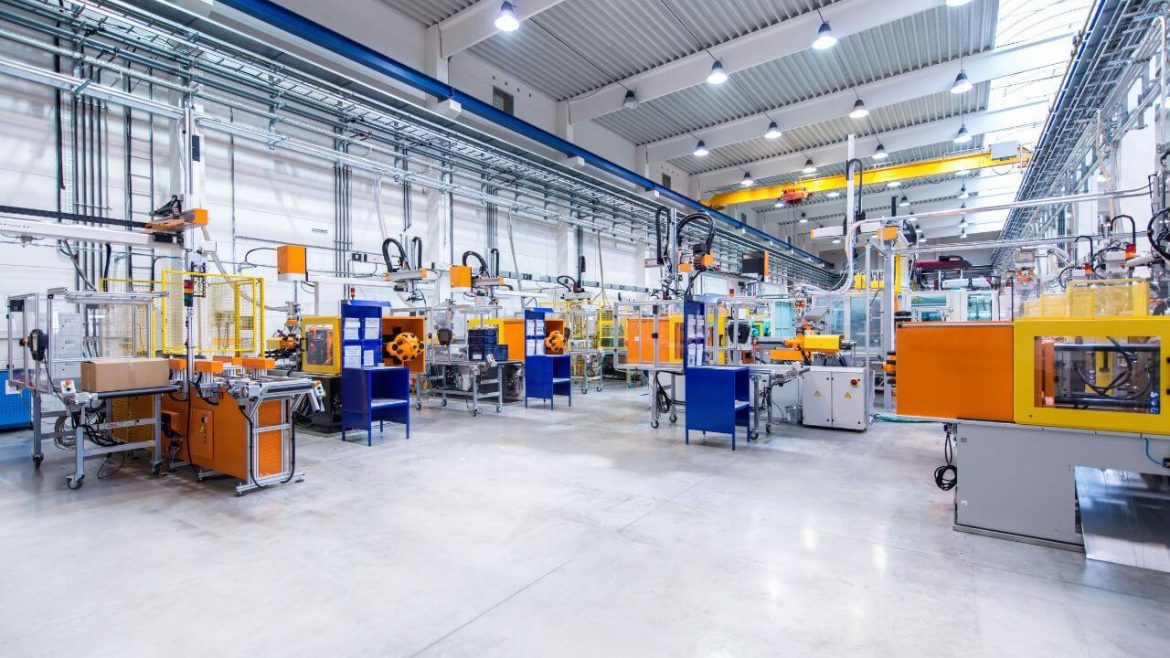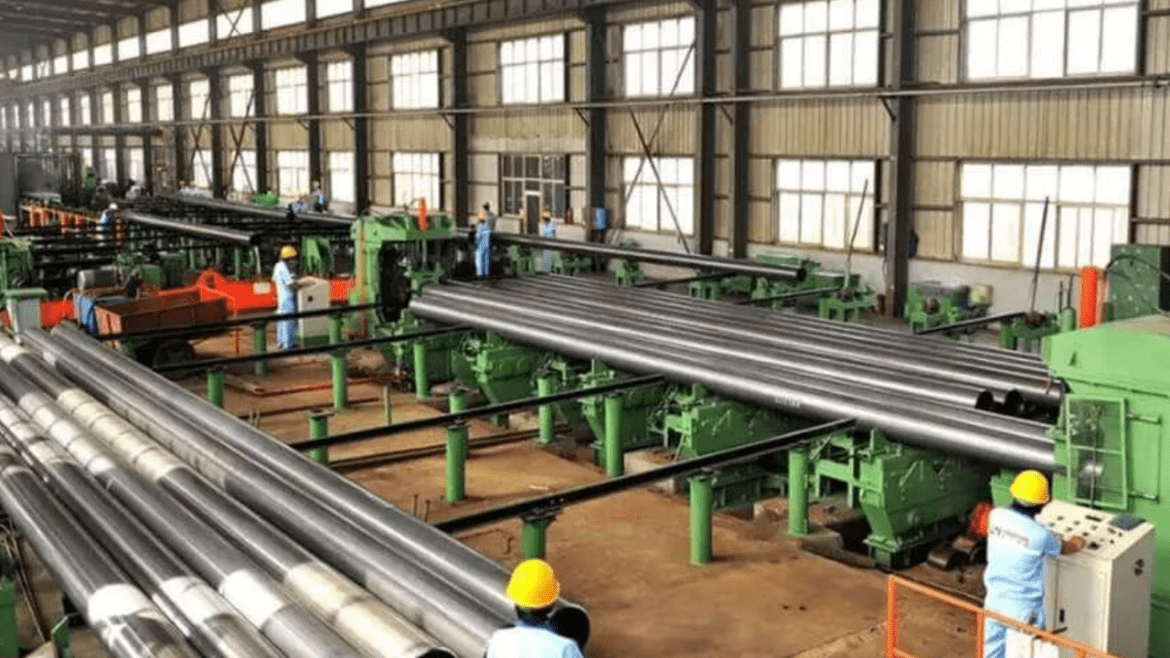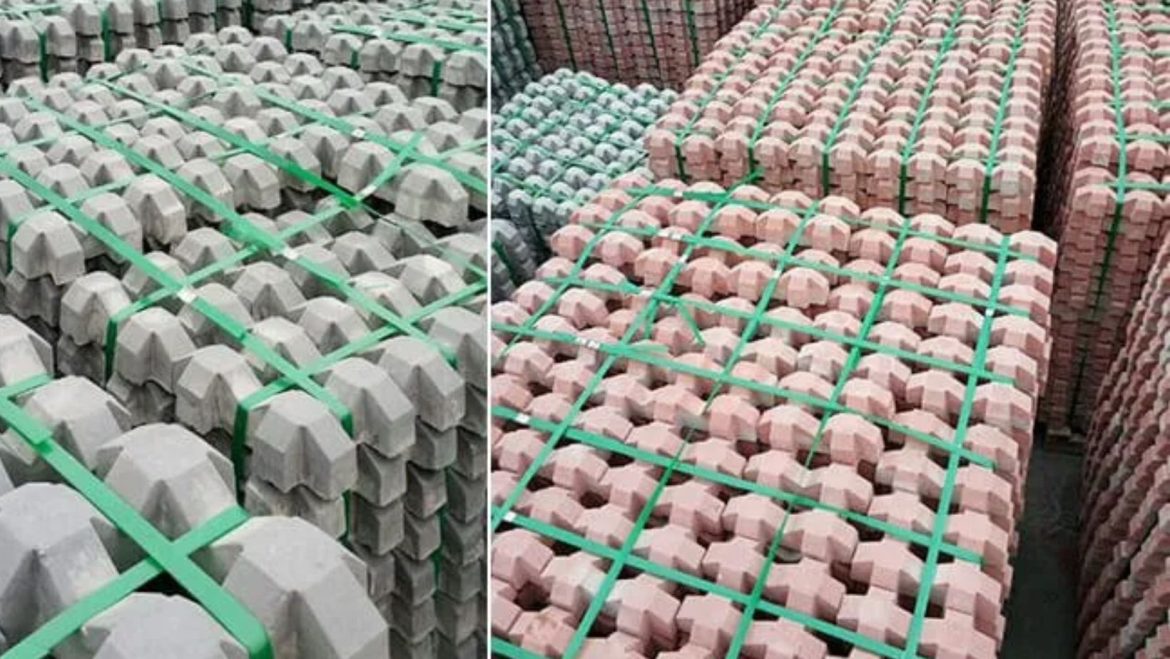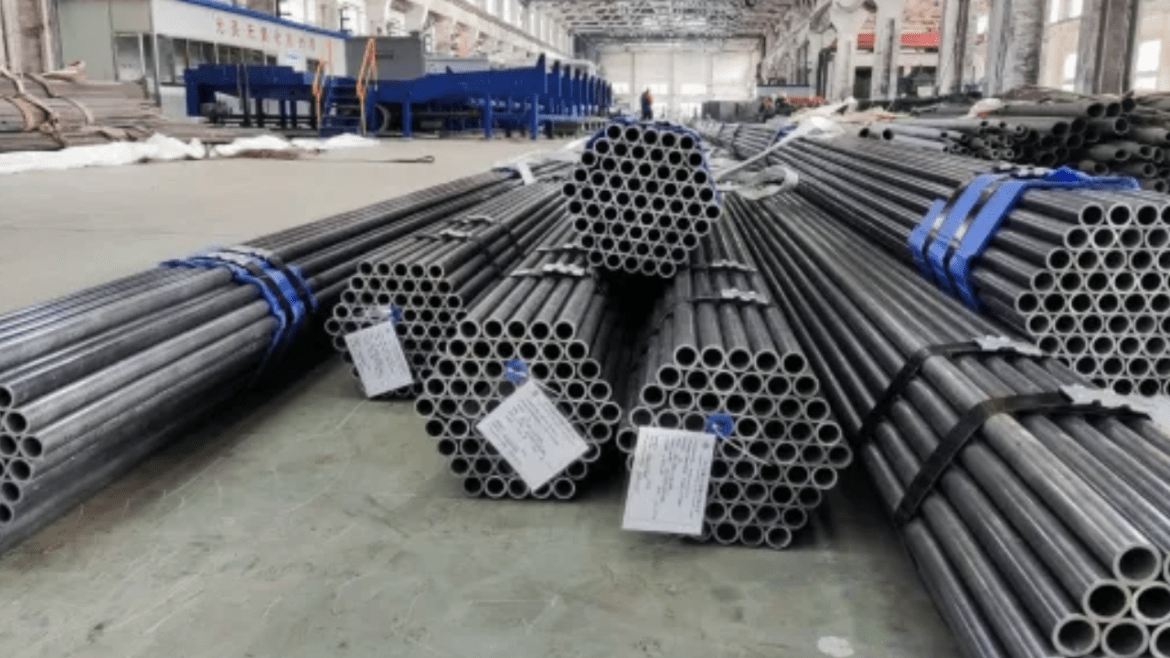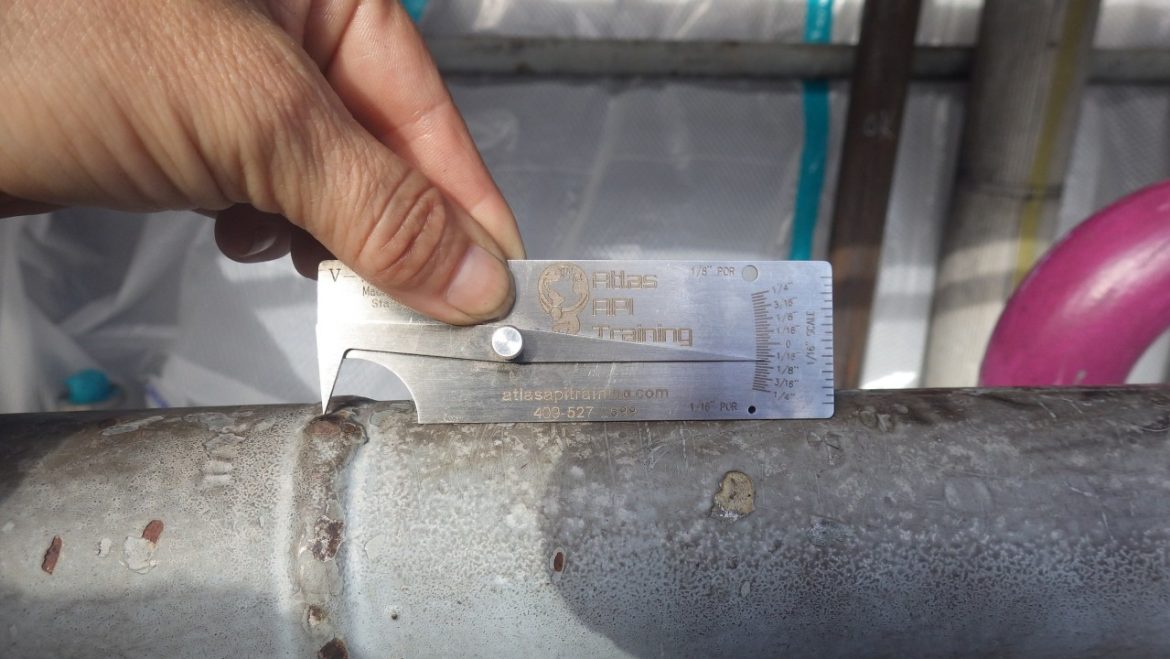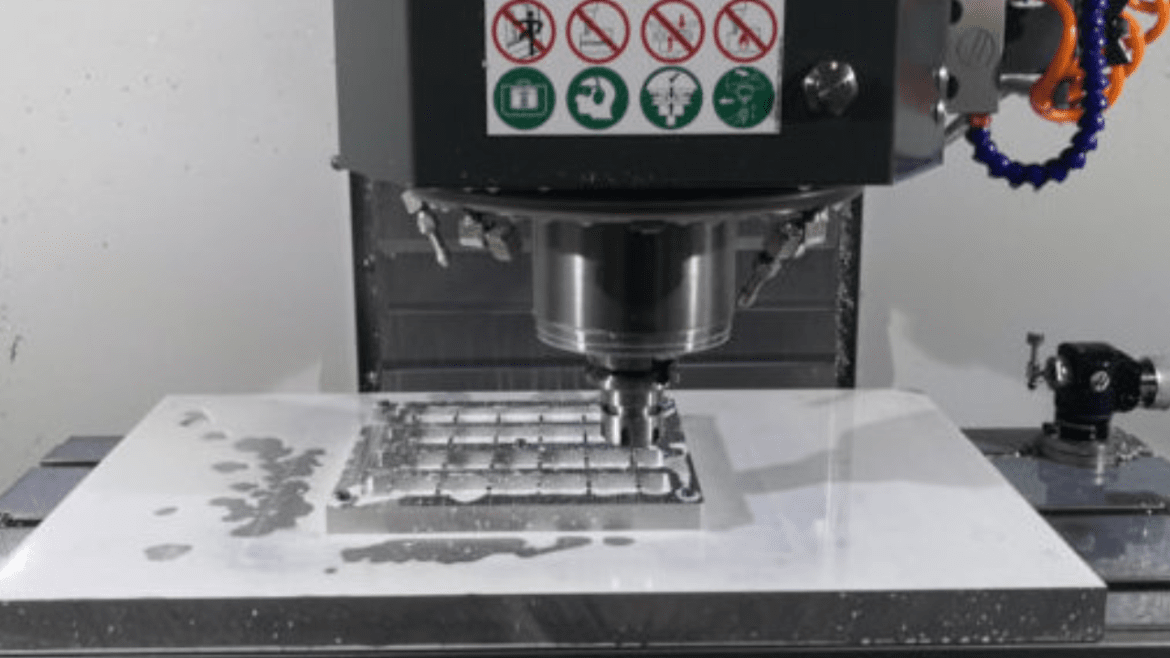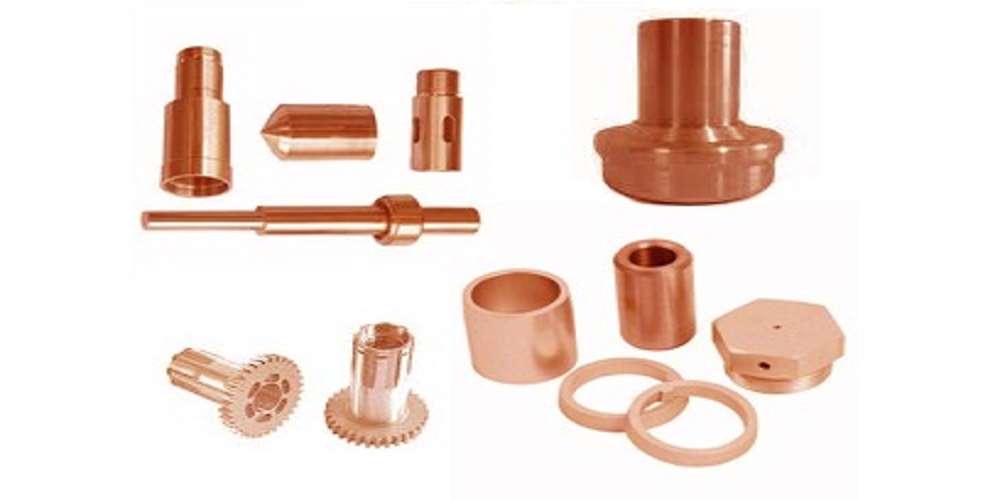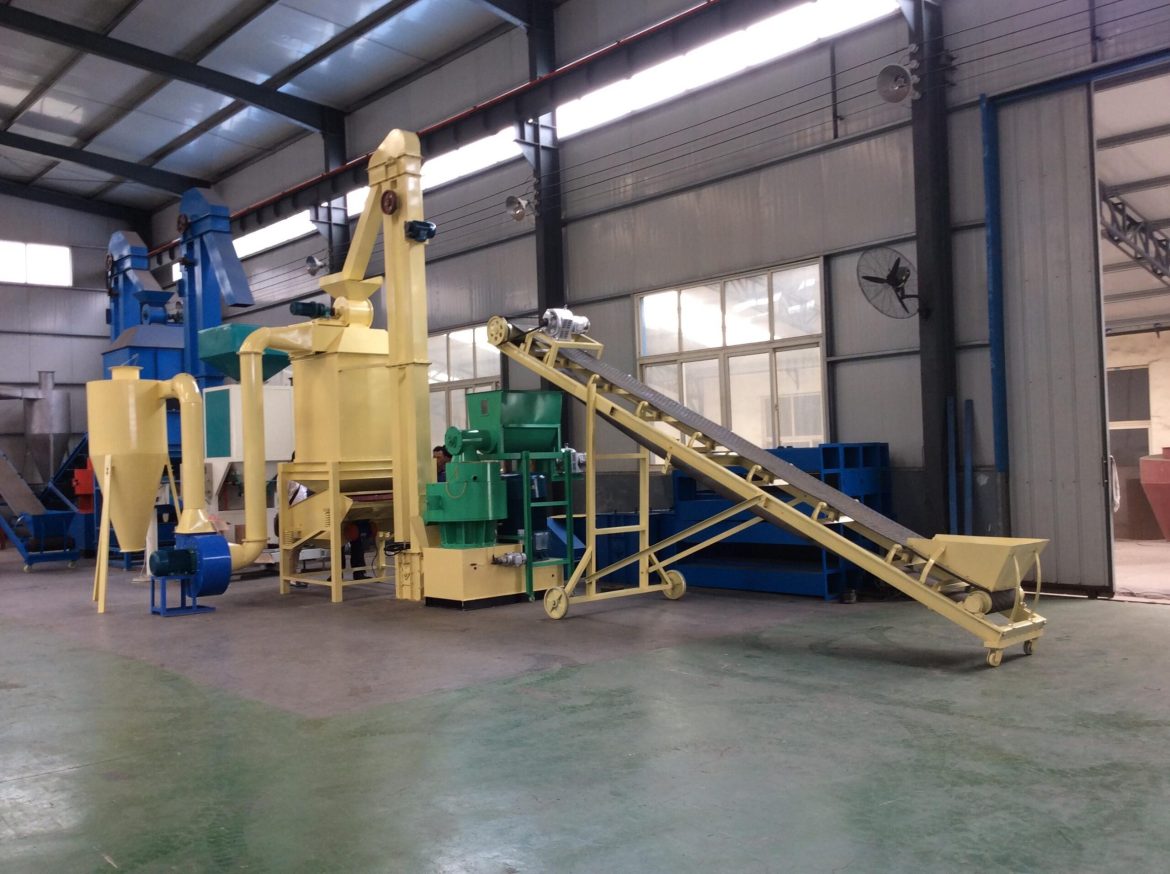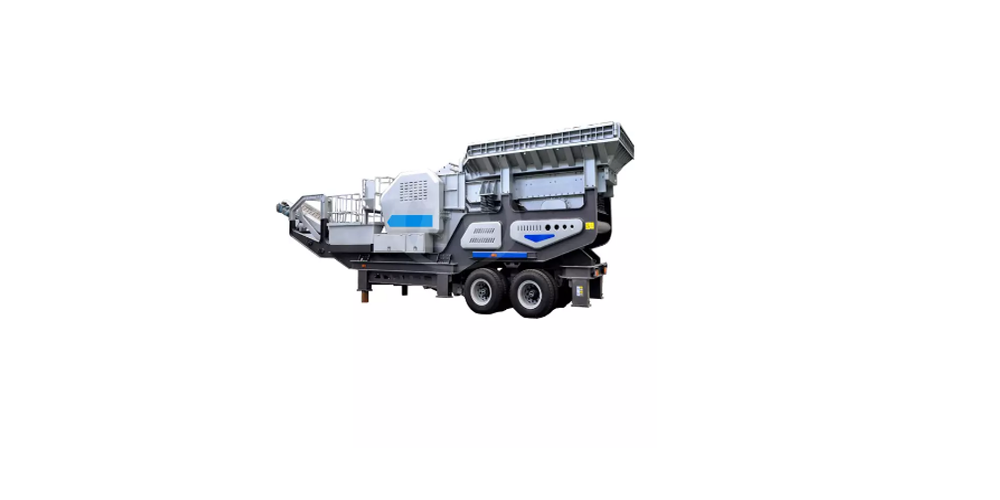The manufacturing landscapes in China and the United States have long been points of comparison in various industries due to their significant impacts on global markets. In the realm of Sticker labeling machine manufacturers in china and the USA, distinct advantages and challenges characterize each, shaping their competitiveness and attractiveness to global consumers.
Cost Efficiency
Chinese Manufacturers: China’s labeling machine manufacturers are renowned for their cost efficiency. This advantage is primarily due to lower labor costs, efficient supply chains, and mass production capabilities. Chinese factories often offer competitive pricing that is attractive to buyers looking for budget-friendly solutions without a substantial compromise on quality.
U.S. Manufacturers: In contrast, U.S. manufacturers typically face higher labor and production costs. While this can lead to higher product prices, it is often justified by the emphasis on advanced manufacturing techniques and high-quality materials, which can translate into longer-lasting and more reliable machinery.
Technological Innovation
Chinese Manufacturers: Technological adoption in Chinese manufacturing has seen significant growth, with many companies investing in automation and smart technologies. However, the degree of innovation might vary widely among manufacturers, with some being at the forefront while others may lag behind.
U.S. Manufacturers: American manufacturers are often seen as leaders in technological innovation, particularly in terms of integrating new technologies such as IoT (Internet of Things) and AI (Artificial Intelligence) into their machinery. This integration not only enhances the functionality of the labeling machines but also increases their efficiency and adaptability to various operational needs.
Quality and Reliability
Chinese Manufacturers: The quality of Chinese-made labeling machines has improved drastically over the years. However, perceptions of inconsistent quality control can still be a concern for potential buyers. Manufacturers in China are continuously working to enhance their quality assurance processes to align with international standards.
U.S. Manufacturers: Quality and reliability are hallmark features of U.S.-manufactured labeling machines. With stringent quality control measures and high manufacturing standards, U.S. companies often provide superior products that promise longevity and robust performance, appealing to markets that prioritize long-term investments over initial cost savings.
Regulatory Compliance and Standards
Chinese Manufacturers: China has its set of manufacturing regulations and standards, but these may not always align with those of Western countries. This discrepancy can pose challenges for exporters and international buyers concerning compliance and certification.
U.S. Manufacturers: U.S. manufacturers must adhere to rigorous national and international standards, ensuring that their products meet all regulatory requirements. This adherence not only facilitates smoother entry into global markets but also instills greater confidence among buyers concerning safety and environmental impacts.
Market Reach and Customer Service
Chinese Manufacturers: With a broad network and significant export volume, Chinese manufacturers have a strong presence in global markets. However, there can be challenges related to customer service, including language barriers and time zone differences, which may affect the customer support experience.
U.S. Manufacturers: U.S. companies typically offer excellent customer service with dedicated support teams. This aspect is crucial for maintaining customer satisfaction and ensuring effective troubleshooting and maintenance, which are critical for operational continuity.
Conclusion
In comparing sticker labeling machine manufacturers in China and the USA, each brings unique strengths and faces distinct challenges. The choice between Chinese and American manufacturers largely depends on specific needs such as budget, quality expectations, technological requirements, and customer service preferences. For businesses, understanding these factors will guide them in choosing the right manufacturer that aligns with their operational goals and market demands.
4
